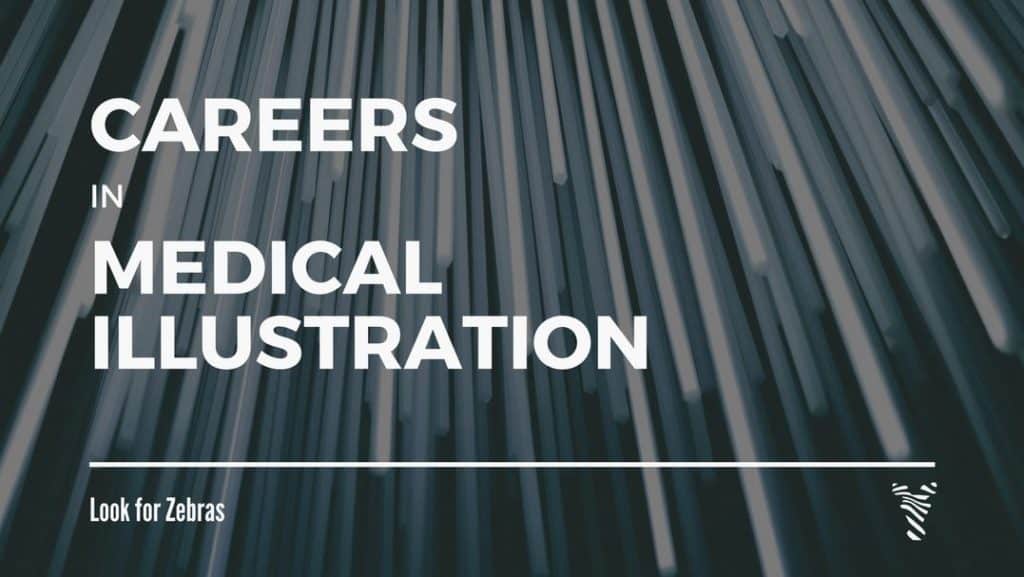

Though it may seem like a small field of study, the subjects of scientific artwork are very diverse, spanning nearly all fields of science, from microscopic biology to astrophysics and everything in between.ĭigital illustration of simplified atomic fusion by Kara Perilli The Guild Handbook of Science Illustration, ©GNSI 1989, 2003ĭue to the growing diversity of artistic media (the materials or tools used to create artwork) used in our current digital age, scientific illustration can often be referred to simply as scientific art. "Scientific illustration takes the viewer to the often unobservable - from molecules and viruses to the universe, from depiction of the internal anatomy of arthropods and plants to geologic cross sections and reconstruction of extinct life forms, ranging from realistic to abstract portrayal." As the saying goes, a picture is worth a thousand words. It can be used to explain complicated topics to the general public in a simple way, but it can also to help educate scientists or medical professionals in training with highly detailed images or animations. Illustrations, models, or videos provide visual explanations and depictions to help make the topics accessible and engaging to audiences of all levels. A scientific illustrator must use technical art and aesthetic skills in combination with scientifically informed observations and research to make accurate representations of the subject.

These artists draw or render images of scientific subjects in an accurate way to inform and communicate. Scientific illustration is art in the service of science. Artwork can go beyond the complex language often used to describe scientific topics and allow for a greater understanding of the subject. It is a way to communicate complex concepts, details, and subjects in an engaging and easily comprehensible way. Scientific illustration is more than just artwork. Think about the science textbooks you used in school, the images and models in a museum exhibit you visited, or maybe even that poster at your doctor’s office that shows what your organs look like.

Even if you have never heard of scientific illustration before, you have likely seen it in many places.

Most people consider science and art to be on opposite sides of the spectrum, but at the conjunction of art and science is the lesser-known field of scientific illustration. Art plays a significant role in the development of science and how information and discoveries are shared.


 0 kommentar(er)
0 kommentar(er)
